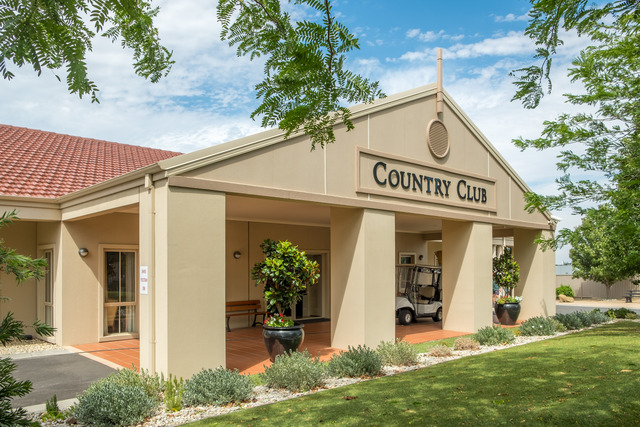Craigieburn and Epping are identified as priority outer growth areas deserving of Immediate upgrades to the frequency of bus services according to a new report into bus services in Melbourne.
Infrastructure Victoria released the, ‘Fast, frequent, fair: how buses can better connect Melbourne’ earlier this month, detailing how reforms to Melbourne’s bus network would significantly improve access to jobs and recreation for thousands of people.
The report lists 10 recommendations for improvements that would improve Melbourne’s bus infrastructure including creating priority bus lanes, the implementation of a 10 minute frequency timetable and more direct routes.
The report highlights Craigieburn and Epping as priority outer growth areas deserving of more frequent connector routes to promote easier travel.
The report also included an example of an optimised bus network in Melbourne’s north-east, across Darebin and Whittlesea, to demonstrate what could be achieved across wider Melbourne.
The modelling showed many destinations could be better served using the existing bus fleet and with the same level of operational expenditure, including Mernda and Epping.
Hume mayor Naim Kurt supported giving Hume residents more options when commuting.
“The buses that we’ve got here, they’re generally not very direct routes and they’re pretty irregular in the way they run,” he said.
“The perception we have (of buses) is that they’re infrequent, indirect and inaccessible. So, they become unattractive to use in hot or bad weather.”
Cr Kurt said that an improved bus route would be an important addition to northern growth areas saying there was just one train line in the municipality.
“If we get bus routes happening, it can be done quicker, cheaper, and we can get people moving faster.”
A state government spokesperson said the state government ‘welcomes’ the research conducted by Infrastructure Victoria.
“We know buses play a significant role in our public transport network – particularly across the suburbs, which is why we’re focused on reforming the bus network across the state,” the spokesperson said.
“Through a range of initiatives including improving existing routes, adding new bus routes and supporting a transition to zero-emissions buses, we are making sure buses play a stronger role in a transport network critical to growing a more liveable and more connected Victoria.“







